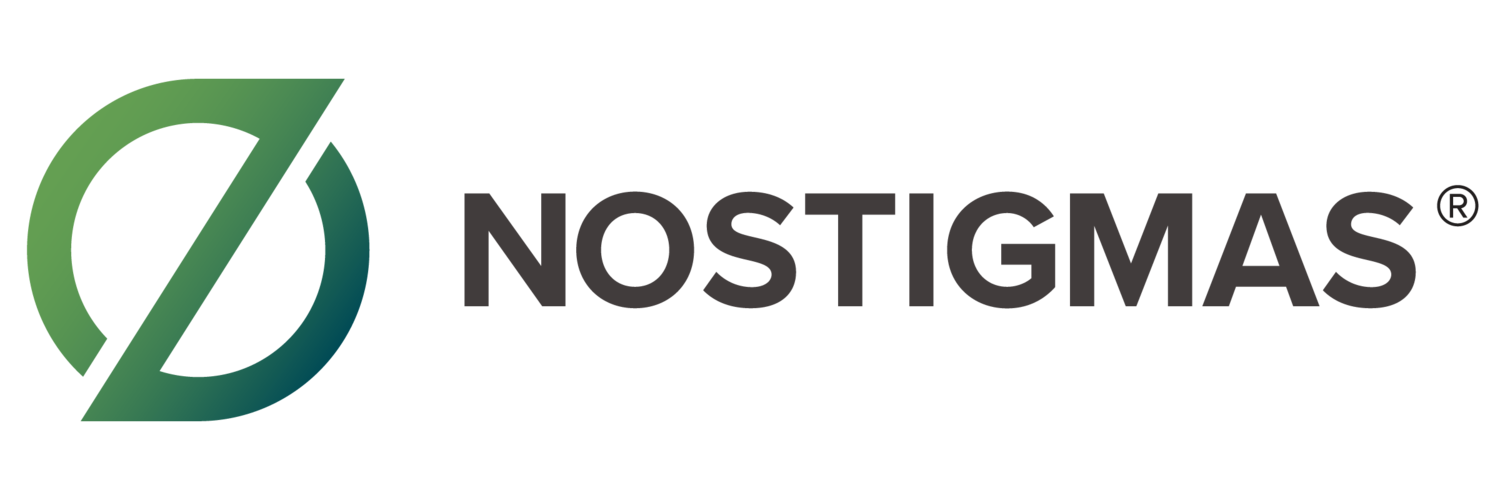Depression
(Def.):” a mood disorder marked especially by sadness, inactivity, difficulty with thinking and concentration, a significant increase or decrease in appetite and time spent sleeping, feelings of dejection and hopelessness, and sometimes suicidal thoughts or an attempt to commit suicide.” (Medline Plus Dictionary)
- Trazodone
- Amoxapine
- Olanzapine (Zyprexa)
- Aripiprazole (Abilify)
- Nortriptyline
- Protriptyline
- Carbamazepine
- Fluvoxamine
Anxiety
(Def.)”: any of various disorders (as panic disorder, obsessive-compulsive disorder, a phobia, or generalized anxiety disorder) in which anxiety is a predominant feature—called also anxiety neurosis, anxiety state.”(Medlineplus Medical Dictionary)
Bi-polar Disorder
(Def.):”any of several mood disorders characterized usually by alternating episodes of depression and mania or by episodes of depression alternating with mild nonpsychotic excitement.”(Medlineplus Medical Dictionary)
- Lithium
- Risperidone
- Aripiprazole (Abilify)
- Olanzapine (Zyprexa)
- Carbamazepine
- Valproic Acid
- Symbyax
- Ziprasidone (Geodon)
- Mirtazapine (Remeron)
- Fluoxetine
- Amitriptyline
- Generic lamotrigine
- Phenelzine (Nardil)
- Nortriptyline
- Clomipramine
- Amoxapine
ADD/ADHD
(Def.):”Attention-deficit hyperactivity disorder (ADHD) is a neurobiogical disorder seen in both children and adults that is comprised of deficits in behavioral inhibition, sustained attention and resistance to distraction, and the regulation of one’s activity level to the demands of a situation.” (Adhdaware.org)
- Amitriptyline
- Bupropion (Wellbutrin)
- Valproic Acid
- Dextroamphetamine and Amphetamine (Biphetamine)
- Fluoxetine
- Amitriptyline
- Melatonin
- Dextroamphetamine (Dexampex)
- Methylphenidate (Ritalin, Metadate, Concerta, Daytrana)
- Atomoxetine
- Lisdexamfetamine
- Guanfacine (Intuniv)
- Methylphenidate Transdermal Patch
- Dexmethylphenidate
- Zinc
- Fish Oil (Supplement)
- Iron (Supplement)
- SAMe (dietary supplement)
- Pantothenic acid (Vitamin B5)
- Magnesium
- Niacin and niacinamide (Vitamin B3) Supplements
Schizophrenia
(Def.):”a psychotic disorder characterized by loss of contact with the environment, by noticeable deterioration in the level of functioning in everyday life, and by disintegration of personality expressed as disorder of feeling, thought (as in delusions), perception (as in hallucinations), and behavior.”(Medlineplus Medical Dictionary)
Eating Disorders
(Def.) :”any of several psychological disorders (as anorexia nervosa or bulimia) characterized by serious disturbances of eating behavior.” (Medlineplus Medical Dictionary)
- Fluoxetine (Prozac)
- Amitriptyline
- Imipramine
- Citalopram (Celexa)
- Zinc
- *Zyprexa
- Prozac
- Paxil
- Xanax
- Naltrexone
- Vitamin A Supplement
- DHEA Supplement
- SAMe (Dietary Supplement)
Pharmaceutical Drugs was originally published on NoStigmas.org | Redefining Mental Health
